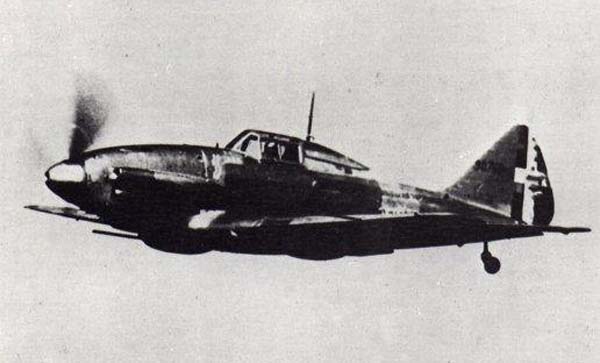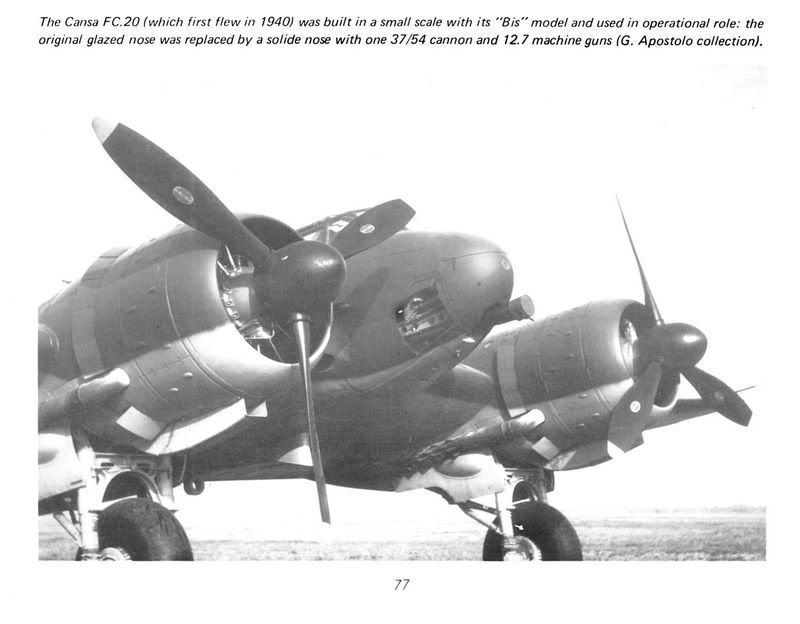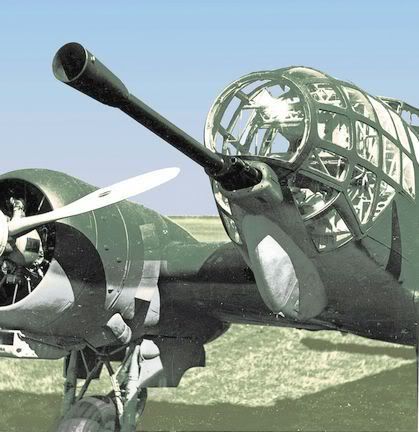[b][u]Mauser MG 151/20
[/u][/b]One of the most bizarres topic of WW2 italian aircarft armament of how they failed to provide a 20mm gun. The Regia aeronautica purchased some Oerlikon “L” cannon in early 1930s for seaplanes, but just in small quantities.
They have also two army/navy AAA full automatic guns, both chambered for the german 20x138B cartrigde; the Breda 20/65 and the Isotta-Fraschini (Scotti design) 20/70, however there were no attemps to convert that weapons in airborne guns.
In lieu of a modern fast firing 20 mm cannon indigenous design for aircraft the italian purchased the Mauser reliable MG 151 and adapted it to several types of fighters.
For detailed information on the MG 151/20 and its ammunition:
http://www.ww2incolor.com/forum/showthread.php?t=4127&page=3
http://www.ww2incolor.com/forum/showthread.php?t=4127&page=4
[b]Reggiane Re-2001 CN, 2 Mausers under wings.

Reggiane Re-2005 2 x 20 mm Mauser in wings plus one in the engine.[/b]

Servicing the starboard Mauser in a Fiat G-55.



























